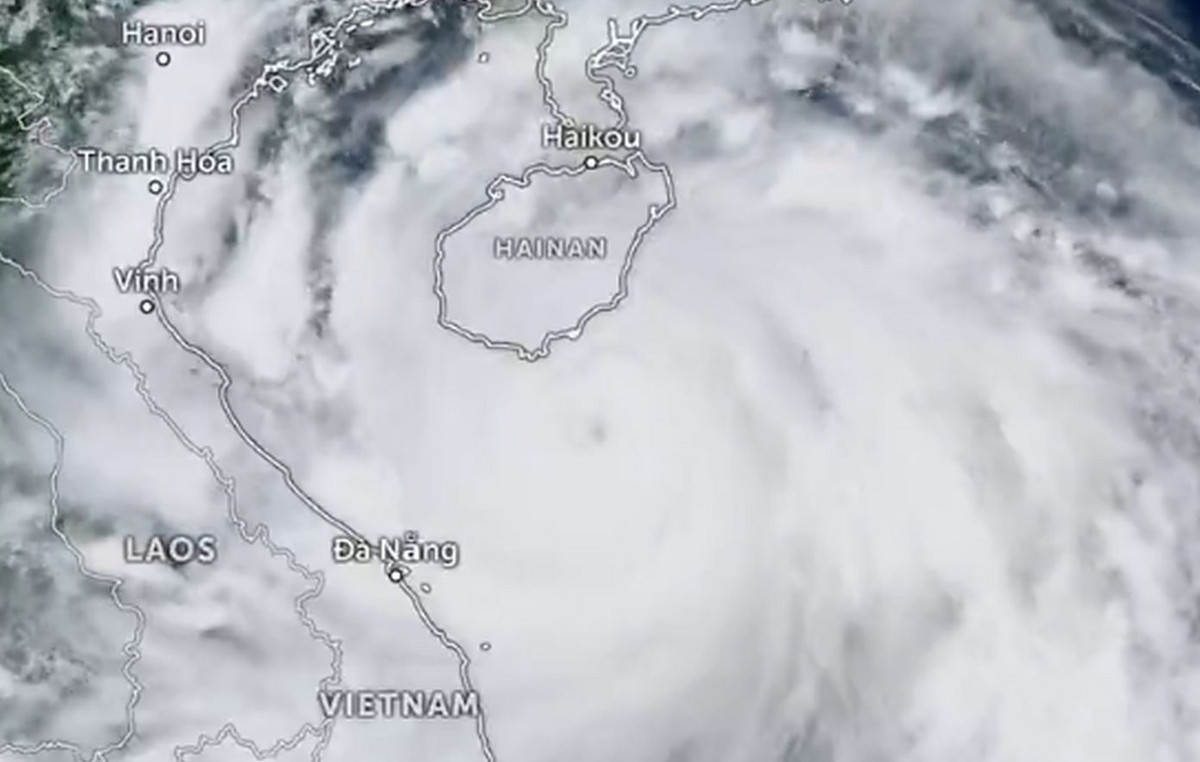The playwright Aderbal Freire-Filho died this Wednesday (9) in Rio de Janeiro at the age of 82. He had been admitted since 2020 when he suffered a stroke. He was the companion of actress Marieta Severo.
According to Copa Star Hospital, he died late on Wednesday. The cause was not reported.
Aderbal Freire Filho was born in Fortaleza, Ceará, in 1941. He was the founder of Grêmio Dramático Brasileiro, in 1973, and of the Center for Demolition and Construction of the Show (CDCE), in 1989.
Of his best-known works, he directed “Appeared to Margarida”; “The Death of Danton”; “The Carioca Woman at 22 Years Old” and “Tiradentes”. His hallmark in theater was the constant search for new forms of dramaturgy for a staging that prioritized the actor as the main agent of the language and communication of the text.

He graduated in law in Fortaleza where, from 1954 onwards, he joined amateur and semi-professional theater groups. The playwright arrived in Rio de Janeiro in 1970, and made his debut as an actor in “Diário de Um Louco”, by Nikolai Gogol (1809-1852), staged inside a bus that travels through the streets of the city, according to the Enciclopédia Itaú Cultural.
His first direction was “O Cordão Umbilical”, by Mario Prata, in 1972. His first great professional success is the direction of the monologue with Marília Pêra, “Apareu a Margarida”, by Roberto Athayde in 1973.
He organized the Grêmio Dramático Brasileiro to stage several national plays in a unique setting and keep them on display in a repertoire regime. The initial experience, with “A Visitor from Above and Manual of Survival in the Jungle”, also by Roberto Athayde, “Pequeno Dicionário da Língua Feminina” and “Reveillon”, by Flávio Márcio, all in 1974.
“The Flight of the Wild Birds”, by Aldomar Conrado, in 1975, and “Delicate Crimes”, by José Antônio de Souza, from 1976, reveal a visual sophistication of his language, with its own poetics, with a tendency towards hermeticism.
In 1977, he staged “A Morte de Danton”, by Georg Büchner, in an underground construction site for the future subway in Rio de Janeiro. The experimental boldness is accompanied by public and critical failure, which prematurely interrupts his career.
The image of a director outside the commercial schemes reappears in the three subsequent shows: In “Algum Lugar Fora Deste Mundo”, by José Wilker, in 1978, “O Desembestado”, by Ariovaldo Mattos, in 1980, and “Dom Quixote de la Pança” , adapted from the novel by Cervantes by interpreter and producer Camilla Amado in, 1980.
In the 1980s, he carried out experiments with street theater, in large stagings of sacred dramas and also with adaptations for Machado de Assis and Carlos Drummond de Andrade.
With “Moço em Estado de Sítio”, from 1981, by Oduvaldo Vianna Filho, set up with young actors, a creative phase begins in which the director associates the search for theatricality with a montage process that, with the participation of the cast, takes the theatrical text as the axis of creation.
In 1983, he directed “Besame Mucho”, by Mario Prata, and won the “Paulo Pontes” and “Mambembe” awards. In 1984 he staged “Mão na Luva”, again by Oduvaldo Vianna Filho, with Marco Nanini and Juliana Carneiro da Cunha, winning two “Mambembes” and the “Golden Golf” for best director.
In 1979, he directed “Crimes Delicados”, by José Antônio de Souza, in Buenos Aires, when he started a series of works that he carried out periodically in Latin American countries – among them, “Mefisto”, by Klaus Mann-Arianne Mnouchkine; with the National Comedy of Uruguay between 1985 and 1986, it results in one of his most complex stagings.
He edited “Egor Bulichov y otros”, by Máximo Gorki, with El Galpón, from Montevideo, between 1987 and 1988; the opera “Simon Boccanera”, by Verdi, also in Montevideo, also in 1988.
In Holland, he directs “Soroco, Sua Mãe, Sua Filha”, adapted by Guimarães Rosa with Teatro Munganga in Amsterdam, in 1989.
He participated in international theater festivals and shows in Uruguay and Colombia, where he presented shows and guided directing workshops.
Six of his shows received the Inacen Award for best show of the year, including “Mão na Luva”, which received the Florencio Award for best foreign show in 1985 in Uruguay. In the same year, in Montevideo, he directed “Mefisto”, with the official cast of the National Comedy of Uruguay.
Participates with shows and workshops in festivals and shows in several Latin American countries. It remains attentive to the continental reality and the need for a rapprochement between Brazilian theater and that of neighboring countries.
At the end of the 1980s, Aderbal resumed an old project of setting up a theater company and established himself at the Teatro Glaucio Gill, which had been deactivated and destroyed. In less than a year, the Center for Construction and Demolition of the Show reopened the space and premiered, in 1990, “A Mulher Carioca ao 22 Anos”, one of its most elaborate shows.
Using a novel in its entirety, it mixed the dramatic and epic genres in an innovative language: eight actors take turns playing more than thirty characters, each character assuming the narrative passages referring to himself and said while acting, in a way that on the one hand, to personalize the narrator and, on the other, to pluralize him. The success of this show earned him the Shell Award of the year, and can be considered one of the factors that stimulated the series of shows that, in the 1990s, investigated the epic genre.
In the early 1990s, he dedicated himself to historical characters, producing: “Lampião”, of his own authorship, aimed at the hero of cangaço, in 1991; “The Shot That Changed History”, by him and Carlos Eduardo Novaes, about Getúlio Vargas, in 1991; “Tiradentes, Inconfidência no Rio”, by the same authors, in 1992. The latter earned him a unique staging in Brazilian theater.
In “Tiradentes”, the public is distributed in six buses, visiting six different locations in the center of Rio de Janeiro separately, to meet everyone again in Praça Tiradentes, the final setting of the show.
Investment in the headquarters, however, is lost four years later, when the state government expels the company from the site. The actors follow the director to his new headquarters – Teatro Carlos Gomes, where they perform, among other shows and events, “Senhora dos Afogados”, by Nelson Rodrigues, in 1994. The company closes its activities with the staging of a musical “No Summer of 1996”, in which the director uses Rubens Gershman’s paintings to create a fragmented dramaturgy that comments and criticizes the social and political facts of the city, like a modern magazine.
In 1995, he staged “Lima Barreto, ao Terceira Dia”, a work by Luís Alberto de Abreu written ten years earlier; and “Kean”, Jean-Paul Sartre’s adaptation of Alexandre Dumas’ work, again with actor Marco Nanini. In 1997, he directed “O Carteiro e O Poeta”, by Antônio Skármeta, about Pablo Neruda. From then on, he was asked to direct shows with global artists.
(With information from Vinícius Bernardes)
Source: CNN Brasil
I’m Robert Neff, a professional writer and editor. I specialize in the entertainment section, providing up-to-date coverage on the latest developments in film, television and music. My work has been featured on World Stock Market and other prominent publications.







